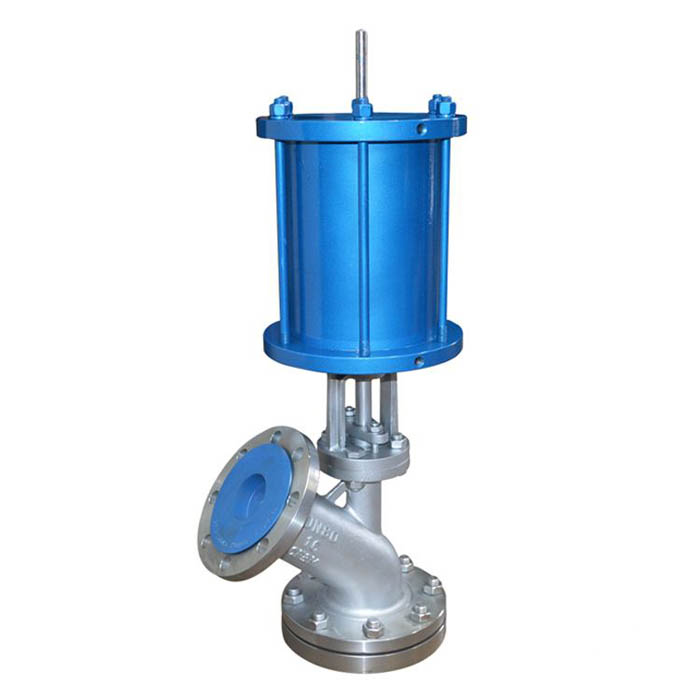Application, suitable media, corrosion resistance and installation of discharge valve

I.Structural performance
The discharge valve has a simple structure, convenient operation, free opening, flexible and reliable movement. It also has simple and convenient replacement of the valve disc and seal ring. The discharge valve has been widely used in chemical, petroleum, metallurgy, pharmaceutical, dye, food processing and other industries.
II.Instructions for use
①When the medium is water, acetone, alcohol, ammonia, barium carbonate, benzene and other corrosion-resistant fluids, the temperature range is -29 ℃ -425 ℃.
② When used for media such as particles, oil, pulp, and carbon dioxide, stainless steel should be used, and the temperature range should not exceed -60 ℃ -232 ℃.
③ It is strictly forbidden using fluorine-containing ionic liquids (such as HF, etc.) and strong alkali and phosphoric acid (temperature is less than 150 ℃, concentration> 30%).
III.Corrosion resistance:
1. Resistant to general inorganic acid, organic acid, weak lye (P≤60 ℃ PH≤12) and organic agent medium.
2. It is superior to stainless steel in hydrochloric acid, acid, and other strong corrosive media.
3.Strong alkali and phosphoric acid (temperature is less than 150 ℃, concentration> 30%).
IV.heat resistance,
It is allowable to use between -30 ℃ -240 ℃ (temperature resistance to sudden changes less than 120 ℃).
V. Insulation:
The impact resistance is less than 2500g / cm, so avoid using hard objects.
VI.Installation
① This product is generally installed horizontally.
② The installation position, height, and inlet and outlet directions must meet the design requirements, and the connections should be firm and tight.
③ The handles of all kinds of manual valves installed on the insulation pipe must not be downward.